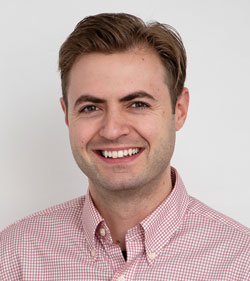Welcome to Conservation Ag Update. How about a little road trip to get us started? Leopold Conservation Award recipients from across the U.S. shared some of the unique things they’re doing on their farms. Our first stop takes us to Harvel, Ill., where Richard Lyons has been using cover crops since 2012.
“There was an opportunity for some clean air money through EQIP and NRCS. I began at that time to use cover crops. With these practices, what I’ve learned, one of the things you have to do is you have to change your management. It has to be changed to a 1/5 of practice of what you’re doing. Today that progressed to a 5-way mix in front of the corn and in front of the soybeans is all cereal rye.”
– Richard Lyons, Harvel, Ill.
“The tools that we use in regenerative agriculture — predominately our planters are all no-till and we’ve built a fertilizer bar where we’re injecting our phosphorous 6-8 inches deep. It’s safe, it’s going to stay down there, we’re not going to see that wash off into the rivers and streams. And it costs us about $5 per acre. The conservation from that is 10 times what it would be if we were still farming the same way.”
“Rotational grazing, we’ve done that for quite a few years. It’s made a difference on quality of pastures. Of course, we’ve had some rain, too. When I check cattle, I usually try to count, but you can’t because you can’t see them because the grass is doing so well. We have some solar panel wells now that I’m so impressed with, and I know our calves are doing better when they get well water and don’t have to drink surface water.”
“I learned about Kernza, that it was a perennial grain and could be used as food. You plant it once, harvest the grain for a few different years and you can graze it. Kernza’s breeding program is monumental in terms of what it can do for the soil. I envision Kernza to be a third crop in a conventional crop rotation. Just think of the benefits, what that would do for everyone.”
For more on all the Leopold Conservation Award recipients and their systems, head to SandCountyFoundation.org.
Watch the full version of this episode of Conservation Ag Update.







